by John Bistline — Reposted by: Joseph Shapiro, Richard S.J. Tol

by Joseph Shapiro — Reposted by: Richard S.J. Tol

Reposted by: Joseph Shapiro, Richard S.J. Tol
EU exporters were likely among the main winners - and will be among the first to feel the hit as the IRA unravels.

Reposted by: Joseph Shapiro, Robert Metcalfe
Environment week at LSE will be Sept 22-25th.
Submissions are due soon (July 14)!
www.lse-environment-week.com/environment-...
Designing optimal policies for externalities (smoking, innovation, pollution…) requires marginal costs and benefits, which are hard to estimate.
Offset markets help measure marginal policy costs, so can help design optimal policy.
7/7
Other ways of aggregating offset price data give similar conclusions: marginal benefits of air pollution control ≫ marginal costs in most US regions
6/
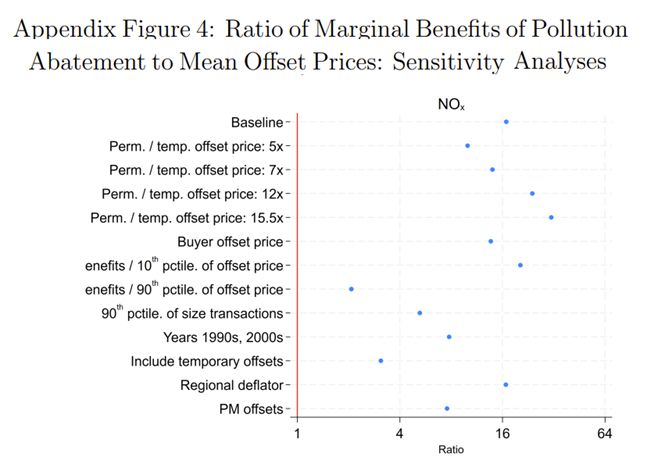
Average benefit of NOₓ control > $40,000/ton Average cost <= $4,000/ton
That’s 10× gap. VOCs yield similar findings.
Some markets are more lenient than others:
5/
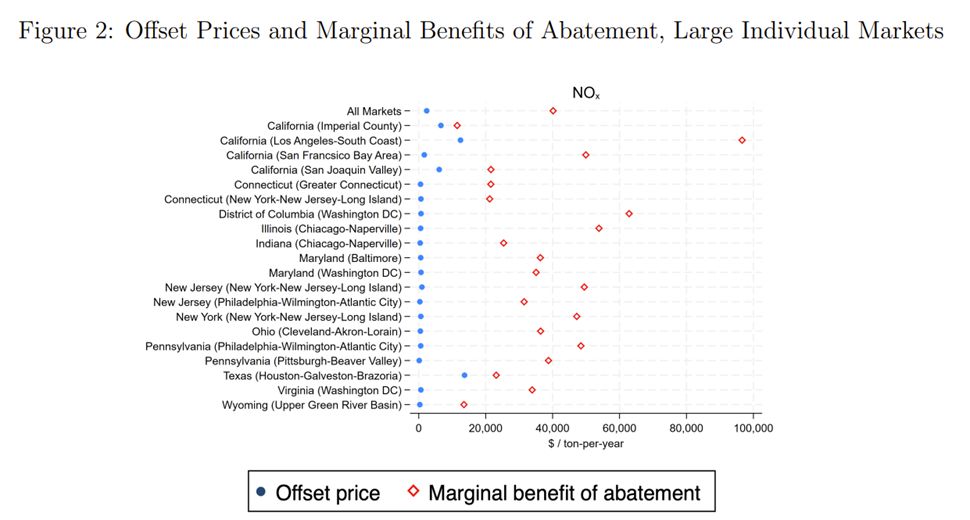
We compare control costs estimated from pollution offsets against model-based health benefits (AP2, AP3, InMAP, EASIUR) to estimate the net gains from reducing pollution.
One input from AP3 model: marginal benefits of cutting NOₓ by location 🗺️ 👇
4/
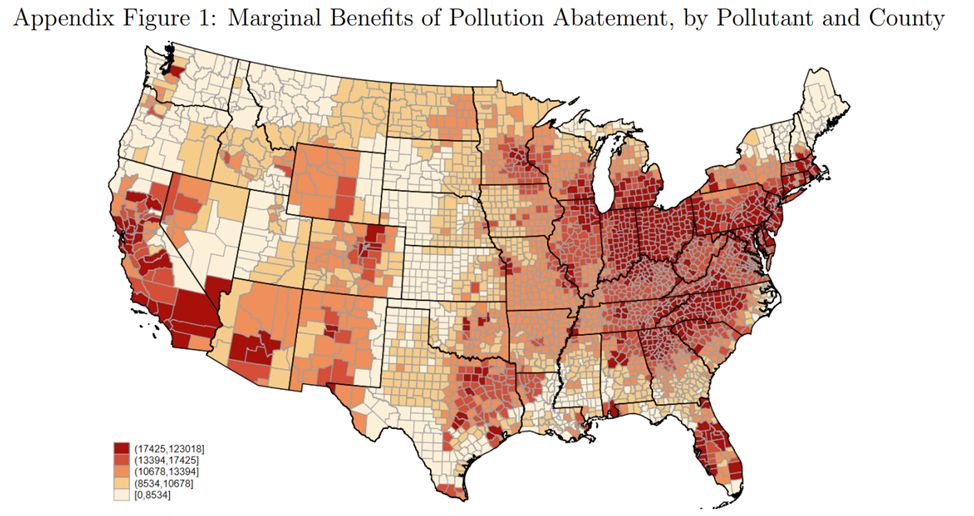
New factories in polluted cities must “offset” emissions by paying existing plants in same region to reduce pollutant.
On margin, firms should equate offset prices to marginal cost of pollution control 💵
ERC = emissions reduction credit = offset
3/
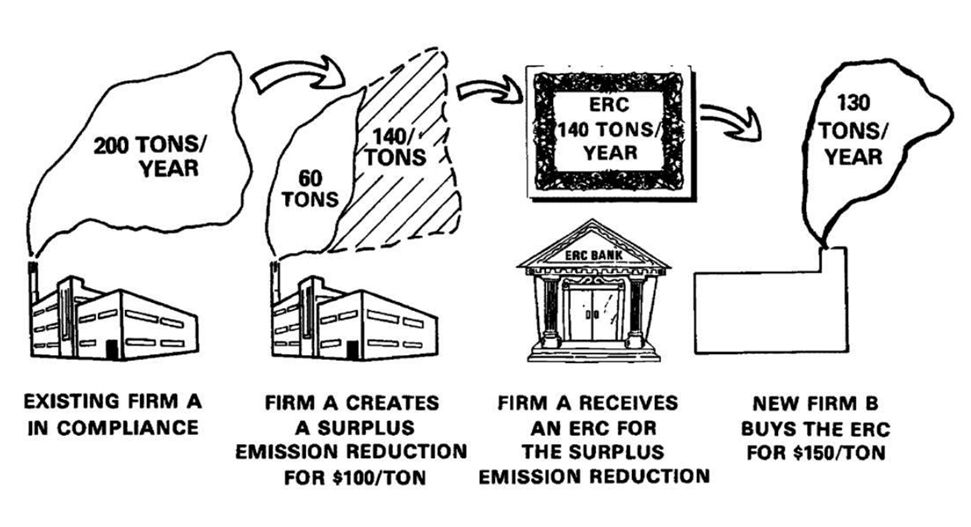
We use prices from air pollution offset markets to estimate marginal costs of pollution control.
Each pollutant × region has own market.
100s of separate markets, distinct from cap-and-trade 🗺️📊
Example offset:
2/
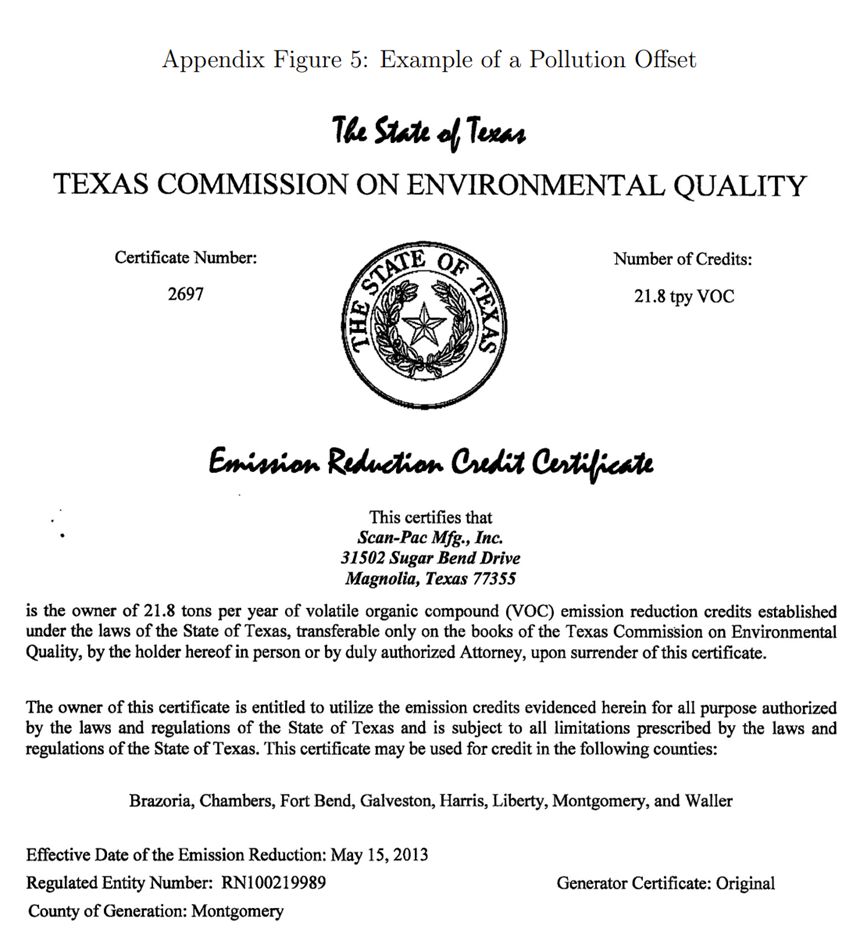
Average benefit of NOₓ control > $40,000/ton
Average cost <= $4,000/ton
That’s 10× gap. VOCs yield similar findings.
Some markets are more lenient than others:
5/

We compare control costs estimated from pollution offsets against model-based health benefits (AP2, AP3, InMAP, EASIUR) to estimate the net gains from reducing pollution.
One input from AP3 model: marginal benefits of cutting NOₓ by location 🗺️ 👇
4/

New factories in polluted cities must “offset” emissions by paying existing plants in same region to reduce pollutant.
On margin, firms should equate offset prices to marginal cost of pollution control 💵
ERC = emissions reduction credit = offset
3/

We use prices from air pollution offset markets to estimate marginal costs of pollution control.
Each pollutant × region has own market. 100s of separate markets, distinct from cap-and-trade 🗺️📊
Example offset:
2/

Reposted by: Joseph Shapiro
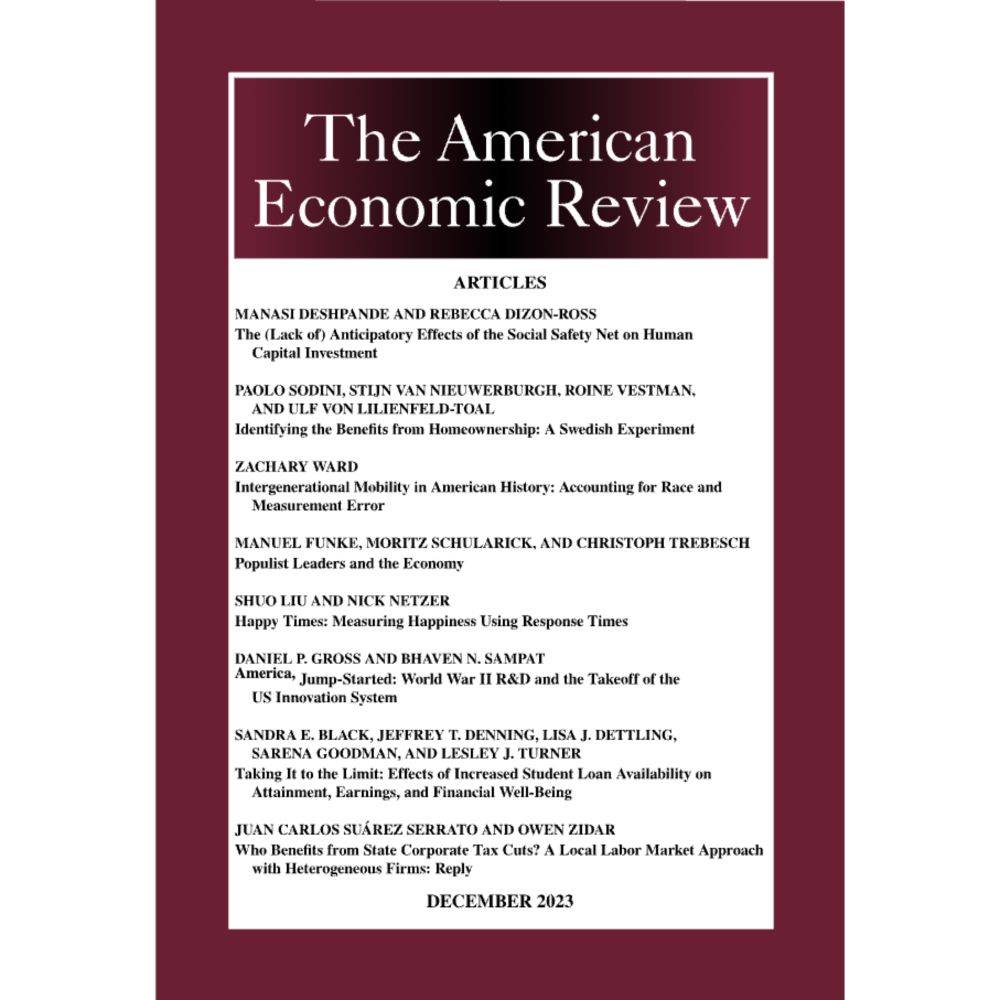
Reposted by: Joseph Shapiro, Robert Metcalfe
"Cleaner water and higher housing prices: Evidence from China"
By Run Ge, Jialin Huang, & Xinzheng Shi
www.sciencedirect.com/science/arti...
#econsky
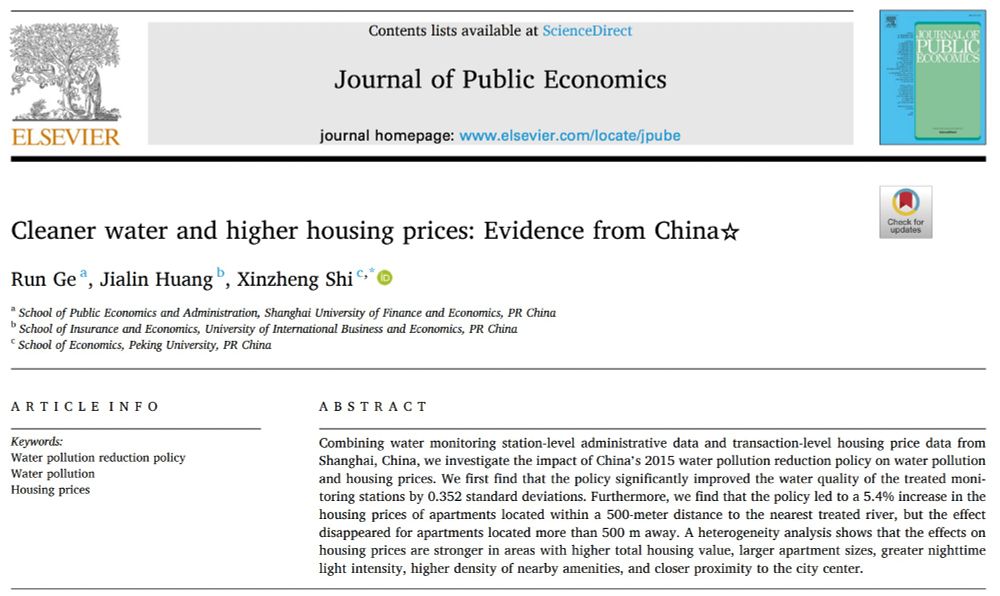
🔗 Info + application: www.auffhammer.com/summer-school
📅 Deadline: May 14 | Program: Aug 18–22 at Berkeley
w @auffhammer.bsky.social @severinborenstein.bsky.social, TCarleton, MFowlie, KJack...
📅 Apr 2, 6pm PT US | Apr 3, noon Australia
🔗https://esacentral.org.au/event/58402/globalization-and-the-environment-online-only
- How globalization affects the enviro
- How enviro policy reshapes trade
Host: Economic Society of Australia
by Joseph Shapiro — Reposted by: Joseph Shapiro
📑Agenda www.nber.org/conferences/...
🎥 Webstream www.youtube.com/nbervideos
Organized w Natalia Ramondo, supported by @sloanfoundation.bsky.social

Long answer to a good question!
Thoughts on "nascent": 1. economic geography + spatial is its own field, related to trade/int'l, which has a set of assumptions/models/data/frameworks (ctd...)